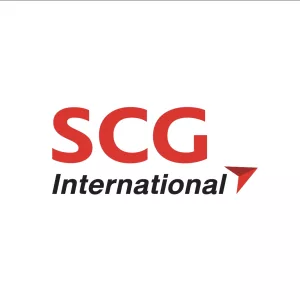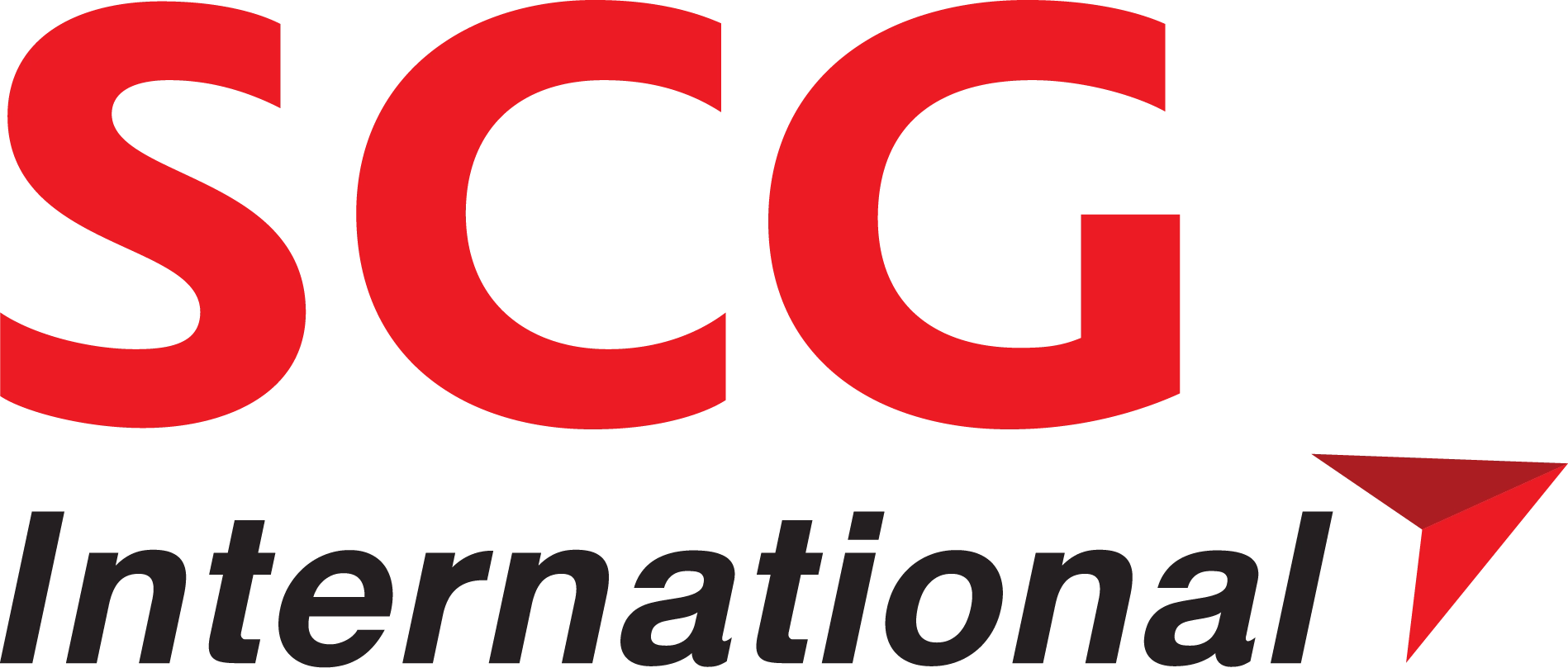
The end-to-end supply chain is a valuable company strategy to strengthen B2B operations and performance. Boosting the efficiency of a supply chain process involves mitigating and preventing problems in different areas while increasing growth and generating profits effectively.
In this article, we will discuss end-to-end supply chains and how they support and solve problems for supply chain businesses.
What is an End-to-End Supply Chain?
End-to-End supply chain management or E2E supply chain process refers to a supply chain with an inclusive approach from procurement to shipment. It streamlines the entire process by having all the steps of the supply chain consolidated under one management, starting from estimating the volume of product demand to product procurement, production, quality check, storage, delivery, sales, and customer service.
This holistic end-to-end supply chain workflow helps a company manage and improve its efficacy and performance at every step. As a result, this strategy helps mitigate costs while increasing customer satisfaction as products are transported from suppliers to consumers efficiently.
The Role of an End-to-End Supply Chain Solution
Provider Company
The general process of supply chain operations involves coordinating with several companies, which tends to obstruct the visibility of every step in the supply chain. Supply chain visibility refers to the ability to track the goods or products in transit as they are being delivered from the source of production to the final destination. It also provides valuable information regarding production, product quality, delivery time, budget, and inventory, enabling businesses to identify and address problems promptly.
A lack of supply chain visibility can lead to various challenges, including difficulty in sourcing products during a market shortage or unexpected rise in demand, incorrect product specifications, and transportation issues. Hiring separate companies to take care of each step in the supply chain also acquires higher costs. If businesses do not address these issues promptly, it could disrupt production processes and their entire operation and, consequently, lead to a loss in revenue.
Partnering with an end-to-end supply chain management company can enhance the visibility of your supply chain processes. This service provides timely information on each step to understand the entire workflow and clearly identify issues within each stage. As a result, you can troubleshoot potential problems and effectively manage the supply chain operations to avoid delays and disruptions. Having one service provider makes it easier to deal with and prevent supply-chain problems, whether in sourcing, delivery, or distribution.
As every step of the process is managed by a reliable service provider, your business can sustain its operations, provide seamless customer service, and ensure business continuity. Furthermore, optimizing every step of the workflow is easy, ensuring both efficiency and cost-effectiveness. Ultimately, these measures will enable you to reduce your operational expenses.
How an End-to-End Supply Chain Benefits B2B Businesses

End-to-End Supply Chain Case Study:
A Strategy Implemented by Global Businesses
A Strategy Implemented by Global Businesses
The end-to-end supply chain is a proven strategy adopted by many companies, including a global business like Starbucks, to mitigate significant operational losses. It adopted supply chain management to streamline and optimize its operations as well as manage supply chain costs.
Starbucks’ main issue was procuring raw materials and equipment for over 10,000 branches worldwide. To manage the high cost of operating the supply chain, Starbucks needed to adopt various supply chain management strategies to increase efficiency and improve cost-effectiveness while procuring and distributing products across its chain of coffee shops. One of the strategies that proved effective was end-to-end supply chain management.
Starbucks’ Best Practice of End-to-End Supply Chain Management
- Coffee bean sourcing: Starbucks’ supply chain process starts with selecting quality and cost-effective coffee beans.
- Roasting and Packing: After selecting the coffee beans, they are roasted and packaged, ensuring consistent quality before being delivered to all branches.
- Distribution and logistics: Using efficient logistics services allows Starbucks to deliver various raw materials to all its branches worldwide.
- Inventory management: Starbucks uses an up-to-date and quality stock management system to track the demand for raw materials in each branch. The system uses the data to estimate future product demands accurately to prevent product shortages.
- Store operations: Starbucks utilizes a systematic process to promote effective supply chain management and minimize operational issues.
With end-to-end supply chain management, Starbucks has reduced its cost by up to 500 billion US dollars, turning Starbucks’ challenges into an opportunity for success.
Optimize your business operation while reducing costs and mitigating issues by increasing the supply chain visibility for seamless operations and better customer satisfaction. Choose a trusted and reputable end-to-end supply chain company to manage your supply chain process effectively.
If you want to consult or inquire about end-to-end supply chain management services, contact SCG International for more information.

SCG International Corporation
With over 45 years of experience in international raw material trading, we have developed deep expertise across industries ranging from industrial supply, construction, home & living, paper & packaging, food & beverage, recycled materials, to energy. This extensive knowledge makes us a trusted partner in global supply chains, enabling us to provide valuable insights and reliable market information. Our blog reflects this commitment, offering content drawn from decades of experience to help you confidently navigate the complexities of supply chain management.








